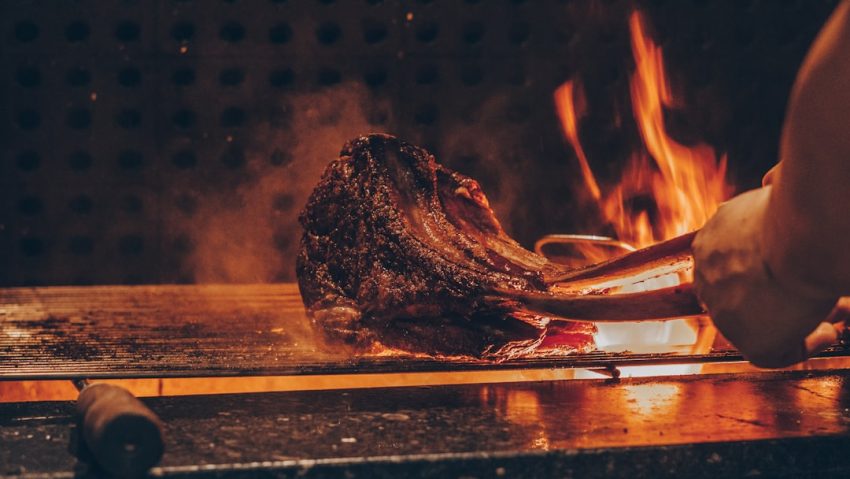Selecting high-quality beef brisket with balanced fat layers is key for an impressive oven-roasted BBQ brisket recipe. A precise low-and-slow cooking method at 250°F (120°C) per pound ensures tender, juicy meat. Crafting a rich BBQ rub with sweet, savory, and spicy flavors enhances the brisket's taste. Essential preparation techniques include trimming fat, marinating, and dry brining for optimal juiciness. Preheat your oven to 275°F (135°C), monitor temperature with a wireless thermometer, and serve sliced thin with sides like potato salad or coleslaw for maximum flavor and visual appeal.
Impress your guests with a mouthwatering oven-roasted BBQ brisket. This comprehensive guide covers everything from selecting the perfect cut, crafting a killer seasoning blend, understanding slow-roasting science, and expert preparation techniques like trimming, marinades, and dry brining. Learn optimal oven setup and serving tips for even cooking, plus side dish pairings to complete your culinary masterpiece. Elevate your BBQ game with this essential oven brisket recipe.
- Choosing the Right Cut: Understanding Brisket for Oven Cooking
- Seasoning 101: Creating a Memorable BBQ Rub
- The Science Behind Slow-Roasting: Temperatures and Time
- Preparation Techniques: Trimming, Marinades, and Dry Brining
- Oven Setup and Tips for Even Cooking
- Slicing and Serving: Presenting Your Delicious Brisket
- Pairing Suggestions: Side Dishes to Complement the Main Event
Choosing the Right Cut: Understanding Brisket for Oven Cooking
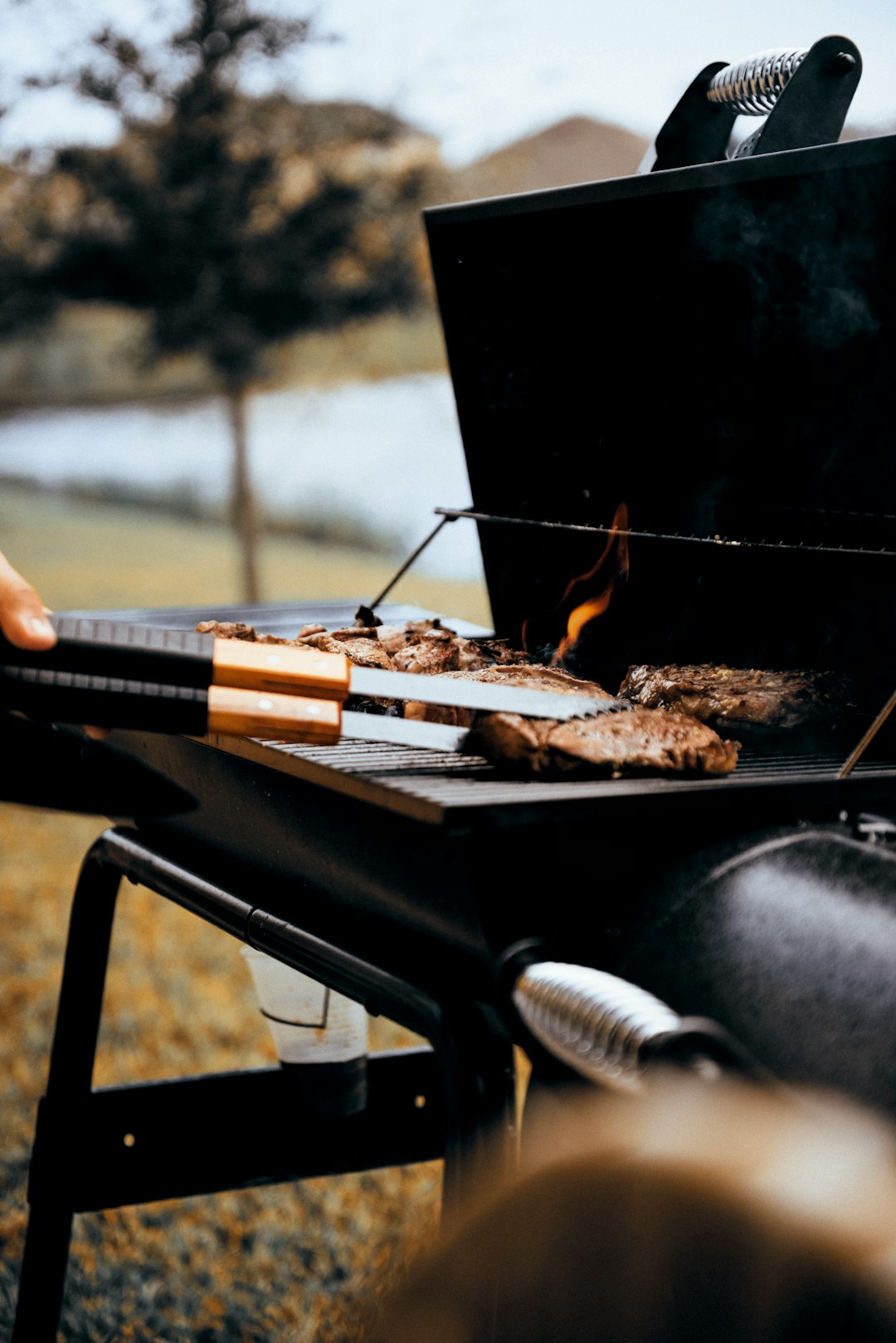
Choosing the right cut is half the battle when it comes to an impressive BBQ brisket recipe for the oven. Opting for a good quality, well-marbled beef brisket is key; look for a cut with both thin and thick layers of fat, ensuring even cooking and maximum flavor retention. The fatty layer not only contributes to the meat’s tenderness but also acts as a natural barrier, keeping the brisket moist during the slow-cooking process.
Understanding the characteristics of brisket is essential for oven cooking success. Brisket is a muscle with significant fat content, which means it benefits from low and slow cooking methods. The oven provides precise temperature control, allowing you to achieve the perfect level of doneness without overcooking or drying out this delicate cut of meat.
Seasoning 101: Creating a Memorable BBQ Rub
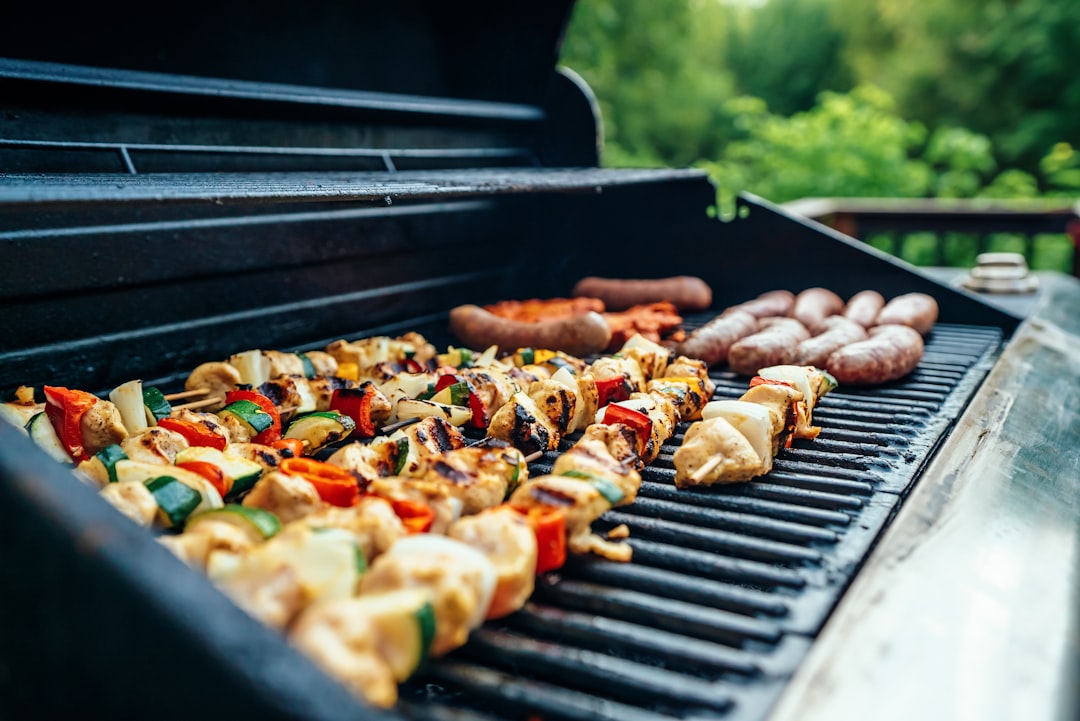
Seasoning 101: Crafting a Memorable BBQ Rub
Creating your own BBQ rub is an art that can elevate any oven brisket recipe to new heights. It’s all about balancing flavors – a dance between sweet, savory, and spicy elements. For our BBQ brisket recipe, we recommend a blend of coarse sea salt, brown sugar, paprika, garlic powder, onion powder, ground cumin, black pepper, chili powder, and a pinch of cayenne pepper. This combination offers a rich, complex profile that will cling to every tender slice of brisket.
To achieve the best results, start by mixing all the ingredients in a small bowl until well incorporated. Rub this mixture generously over your brisket before placing it in the oven. The direct heat from the oven will help the seasoning caramelize and stick to the meat, creating a tantalizing crust that your guests will rave about. Experiment with adjustments to suit your taste preferences – add more or less of each spice to create your perfect BBQ rub.
The Science Behind Slow-Roasting: Temperatures and Time
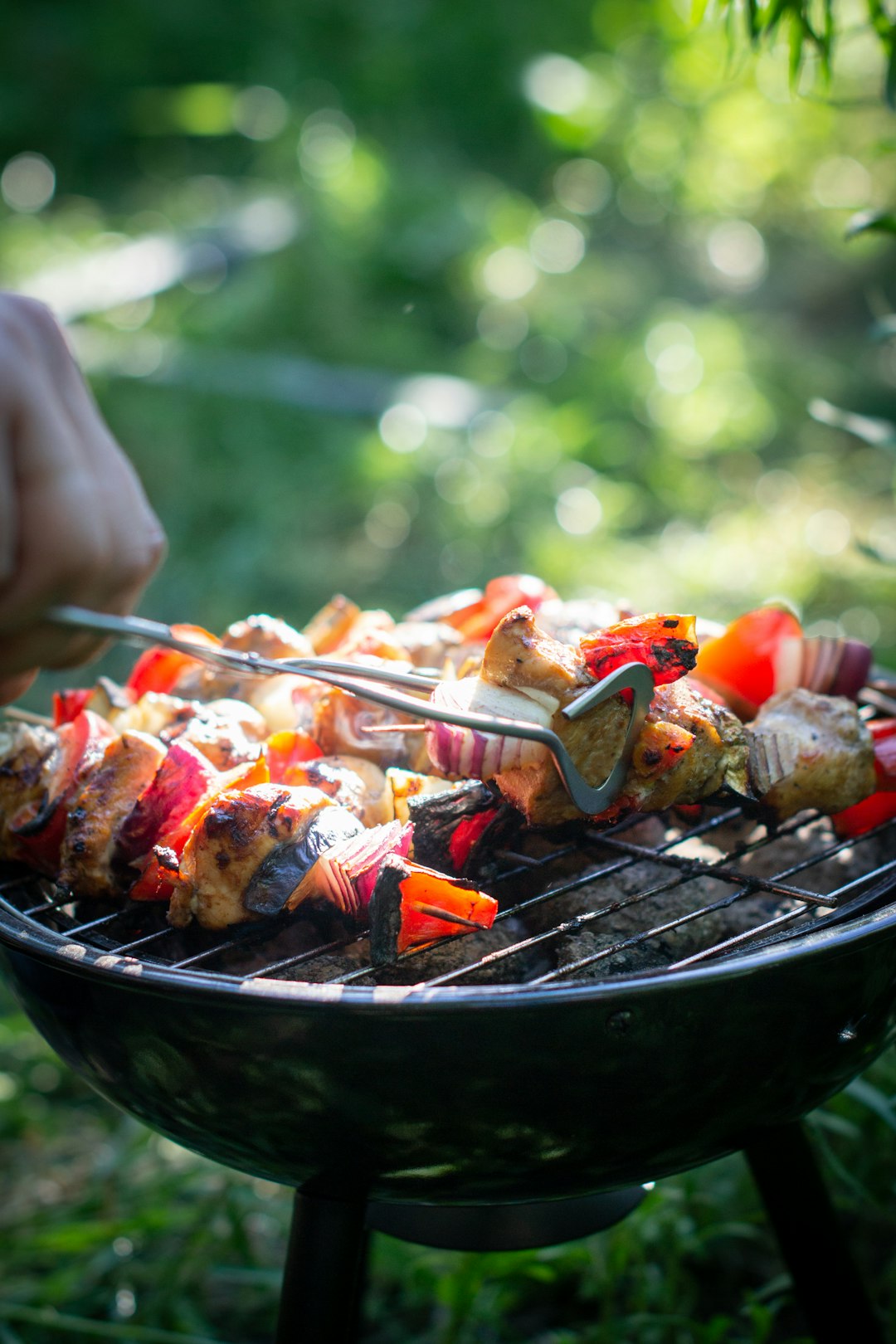
The art of slow-roasting a brisket in the oven is a testament to the science behind culinary perfection. This method involves precise temperature control and ample time, allowing the meat to transform into a tender, juicy delicacy that melts in your mouth. The process begins with setting the oven to a low temperature, typically around 250°F (120°C). This gentle heat is key to preventing the brisket from drying out during the long cooking hours ahead.
Time is of the essence here; slow and steady wins the race. It’s recommended to cook the brisket for approximately 1 hour per pound, ensuring a steady transformation as moisture returns to the meat. The low-and-slow technique breaks down the connective tissues in the brisket, transforming tough cuts into mouthwatering, flavorful treats. This scientific approach is what makes an oven BBQ brisket recipe stand out, leaving your guests impressed and eager for more.
Preparation Techniques: Trimming, Marinades, and Dry Brining
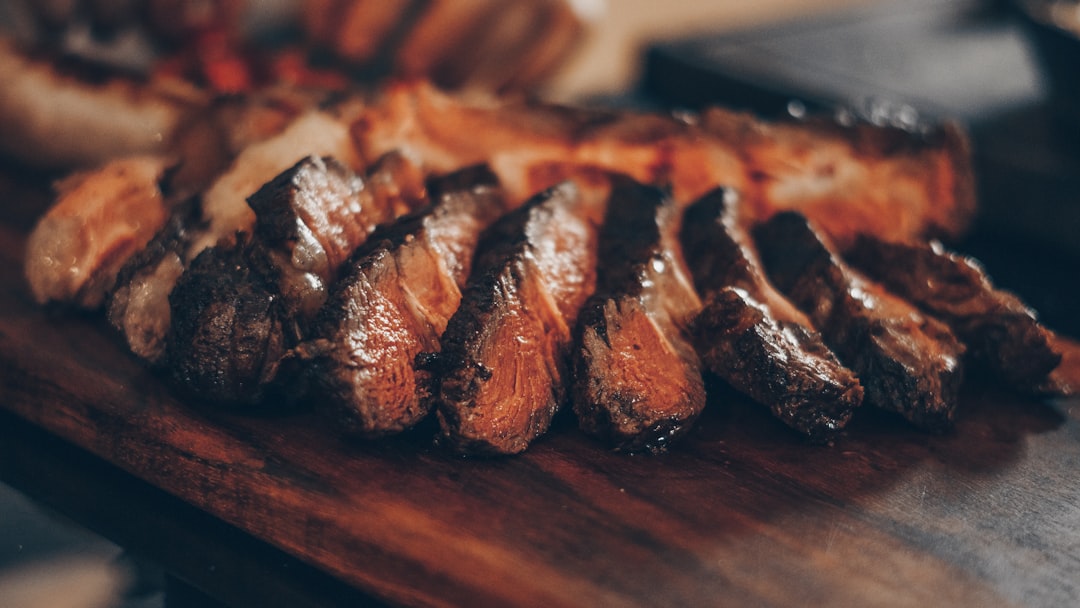
When preparing an oven BBQ brisket recipe, the initial steps involve crucial preparation techniques that set the stage for a mouthwatering outcome. The first consideration is trimming. Removing excess fat from the brisket not only improves cooking time and texture but also prevents excessive dripping, ensuring your meat stays juicy during the slow-roasting process. Skilled chefs recommend trimming the brisket to a 1/4-inch layer of fat, which not only enhances flavor retention but also protects the meat from drying out.
Marinades and dry brining are two techniques that significantly enhance the taste of your oven BBQ brisket. Marinades, rich in acidity and aromatic compounds, penetrate the meat’s fibers, tenderizing it and infusing flavors. Dry brining, on the other hand, involves rubbing the brisket with a salt mixture, creating a protective crust that seals in moisture and intensifies its inherent savory notes. This step is particularly important when cooking brisket in an oven, as it helps combat the dry texture often associated with low-and-slow methods.
Oven Setup and Tips for Even Cooking
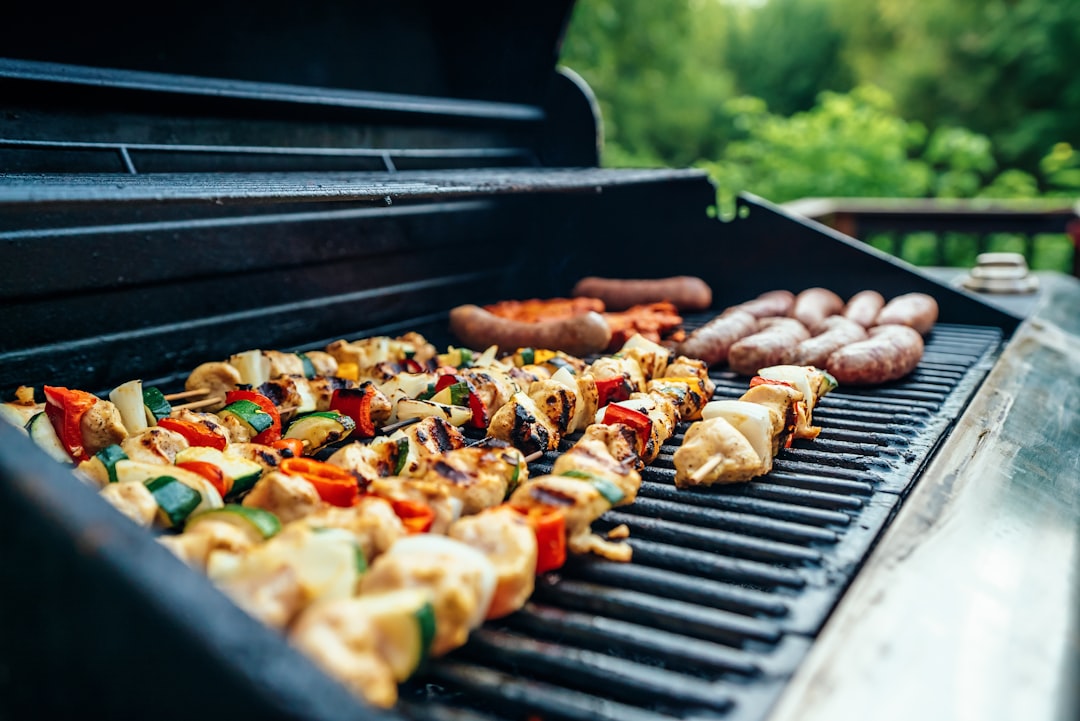
When preparing a BBQ brisket recipe in the oven, setting it up correctly is key to achieving even cooking and that signature smoky flavor. Preheat your oven to 275°F (135°C) for the best results. Use a large roasting pan or a Dutch oven; these vessels retain heat well and promote slow, even cooking. Line the pan with foil for easier cleanup, but leave some spaces between the foil and the meat to allow smoke circulation.
For even browning and temperature regulation, use a wireless meat thermometer. Aim for an internal temperature of 165°F (74°C) before wrapping the brisket; this step is crucial for maintaining juiciness. Once at the desired temp, wrap the brisket tightly in foil or transfer it to a slow cooker to continue cooking slowly. This process ensures that the meat stays tender and flavorful throughout.
Slicing and Serving: Presenting Your Delicious Brisket
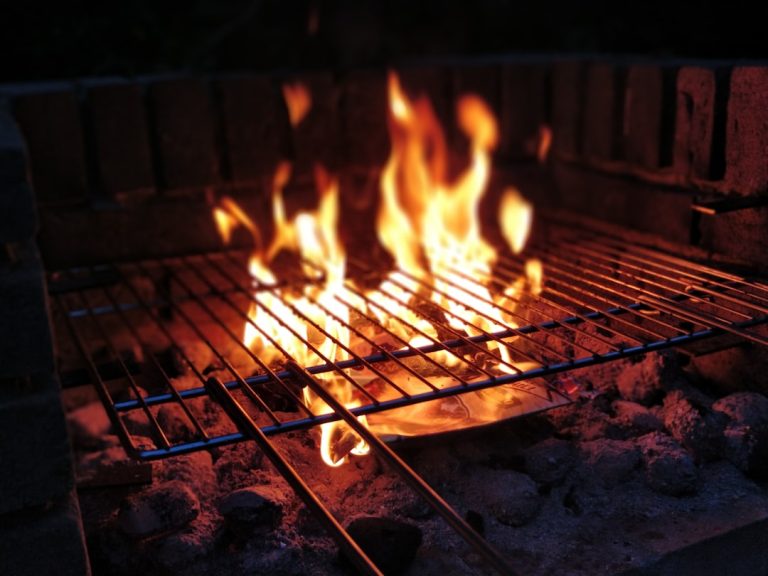
When it comes to serving your mouthwatering oven-baked BBQ brisket, the presentation is just as important as the taste. After slowly cooking your brisket to perfection, slicing it thin against the grain will ensure a tender and juicy experience for your guests. This technique allows each bite to showcase the beautiful marbling of fat and meat, enhancing both visual appeal and flavor.
To create an impressive dish, consider serving your brisket on a large platter with a side of freshly made BBQ sauce or a tangy cranberry chutney. You can also add some charred vegetables or a simple salad to complement the rich meat. The goal is to provide a balanced spread that allows each guest to indulge in the star of the show: your exquisite oven-baked BBQ brisket.
Pairing Suggestions: Side Dishes to Complement the Main Event
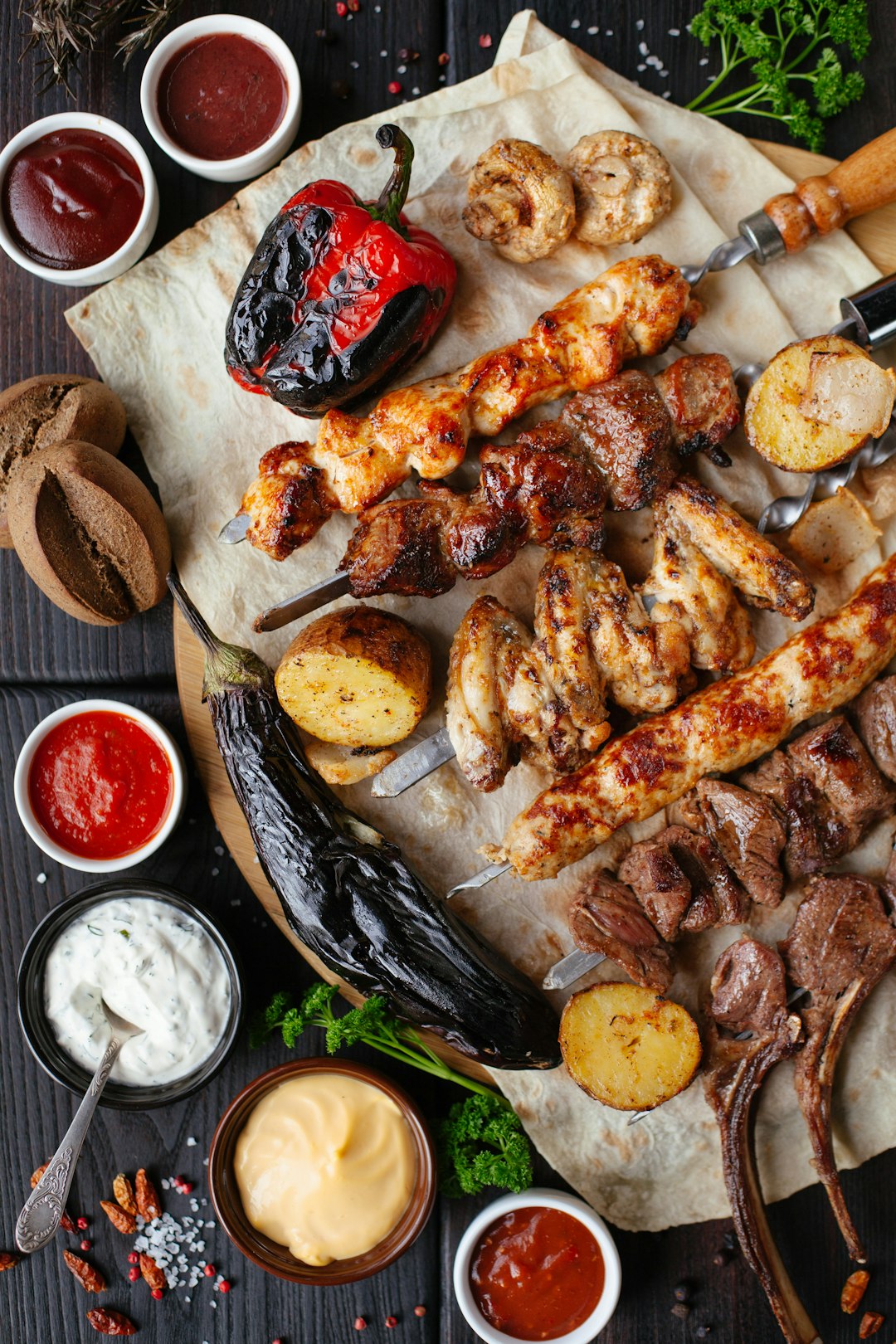
When it comes to a BBQ brisket recipe cooked in the oven, the right side dishes can elevate the main event to new heights. Consider classic combinations like smoky potato salad or creamy coleslaw, both of which pair wonderfully with the rich, tender meat of your oven-roasted brisket. For an extra touch of flavor, try a tangy barbecue sauce-infused mac and cheese; its comforting texture and sweet heat complement the savory brisket.
Additionally, grilled vegetables like charred asparagus or sautéed mushrooms can add a refreshing, earthy note to the plate. These vibrant sides not only brighten up your presentation but also offer a delightful contrast in texture and taste, ensuring every bite of your oven brisket recipe is memorable.
